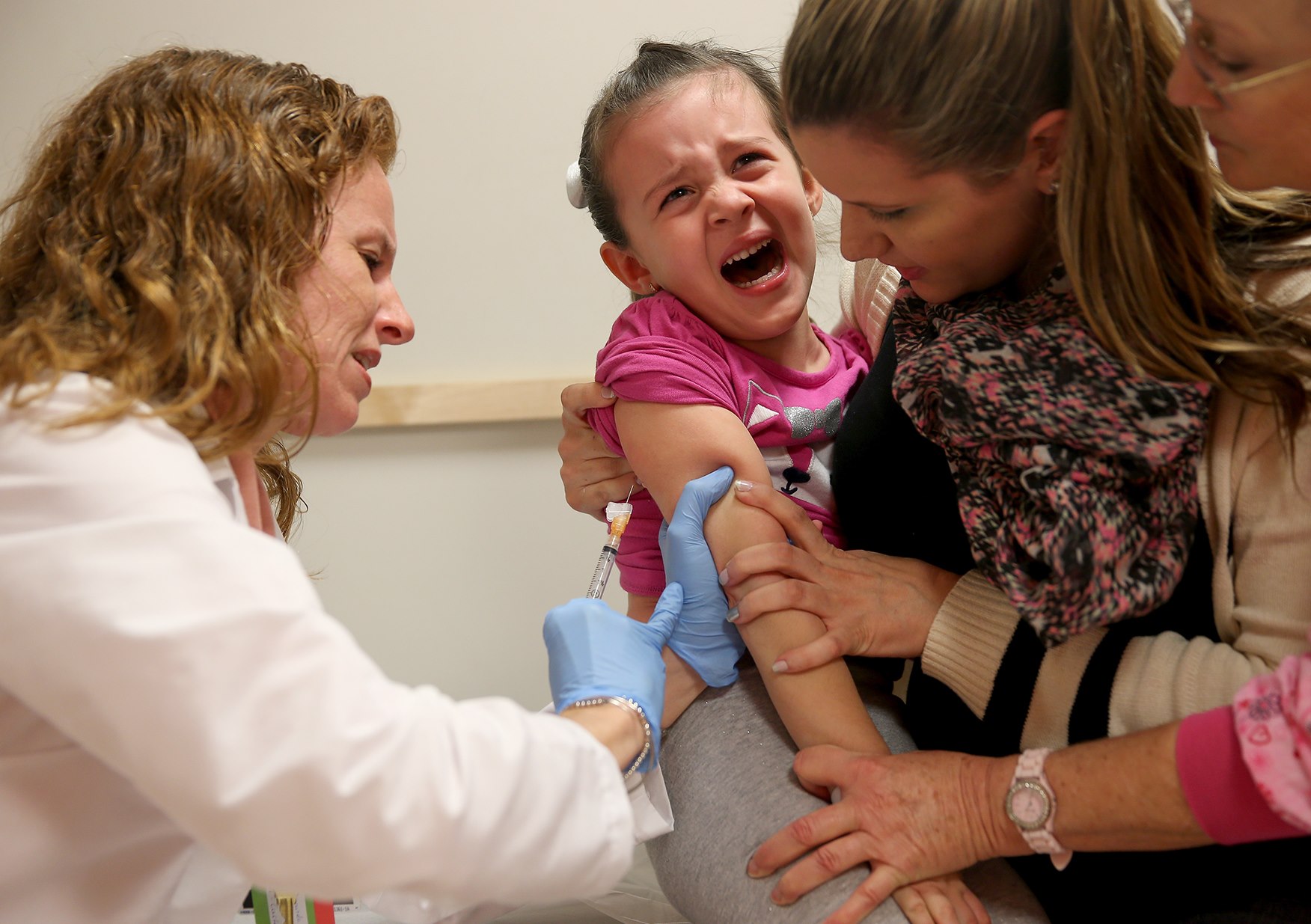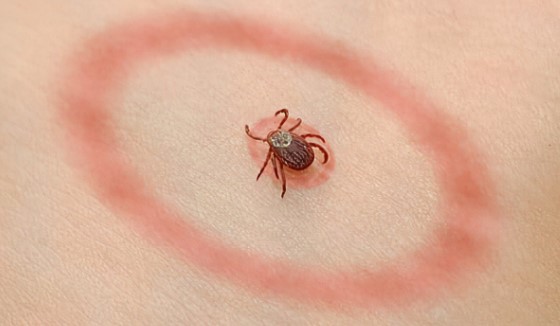CONFIRMED: The vaccine industry is deliberately CAUSING measles outbreaks
09/30/2024 / By Ethan Huff

The state of Maine reported a measles outbreak in May 2023 that we now know was caused by measles vaccines.
The Informed Consent Action Network (ICAN) obtained documents showing that the strain in circulation was “consistent with vaccine strain,” this according to the U.S. Centers for Disease Control and Prevention (CDC).
Since the so-called “outbreak” was caused by the shots, it is no longer accurate to call what happened an “outbreak.” Instead, it is another prominent example of vaccine damage gone wild.
It all began on May 5, 2023, when the Maine CDC reported that a child had “tested positive” for measles. The corporate media immediately began running wild headlines like:
• “Measles can be serious for anyone …” – Maine CDC Facebook page
• “In severe cases, measles can cause pneumonia, brain swelling and death – Bangor Daily News
• “The CDC says roughly one to three of every 1,000 children infected with measles die” – USA Today
• “Measles was declared eliminated from the U.S. in 2000 … But vaccination rates in the U.S. have dropped in recent years, sparking new outbreaks – CNN
• “Anyone who is not immunized or does not know their measles immunization status should get vaccinated” – Maine CDC press release
As you can see, it was nothing but fearmongering for months on end as the media tried to blame the unvaccinated for the sick children. It turns out, though, that the child who developed a rash had been vaccinated for measles – and it was the shot that caused the child to get sick.
(Related: Have you checked out our earlier report showing that measles vaccines are far more dangerous than measles itself?)
Lying as an industry
The Maine CDC did admit that the child had been vaccinated with one injection of MMR (measles, mumps, and rubella), but that it was “considering the child to be infectious out of an abundance of caution.” It then sent a sample from the child to the national CDC for testing where it was determined that the vaccine strain had caused the infection.
The World Health Organization (WHO) says that about two percent of all people who receive a measles injection develop a rash, known as VARI (vaccine-associated rash illness). Scientific research also warns that rashes are a side effect of the shots, and that “testing should only be considered if exposure to the wild-type (not vaccine-strain) virus is strongly suspected,” and yet the Maine CDC had testing done anyway.
It seems as though the plan all along was to blame the unvaccinated for the “outbreak” even though it was obvious from the very beginning that the MMR vaccine triggered the child’s rash. Lying about it, though, gives the media another chance to make the unvaccinated look bad in the eyes of the vaccinated.
The Maine CDC was quick to send in the child’s measles sample for testing, but took its sweet time reporting the results to the public. This was all intentional to obfuscate the truth as much as possible.
Thanks to the diligent work if ICAN, all of this is now public information for anyone who cares, though of course there is no undoing the damage already done. It shows once again that the government and the media lie at every turn, especially when a pharmaceutical product is involved.
Just prior to the Maine CDC’s actions, the national CDC shared a marketing presentation suggesting that the perfect “recipe” for manufacturing more demand for vaccines is to create “concern, anxiety, and worry,” including by having medical experts and public health authorities “state concern and alarm (and predict dire outcomes).” Perhaps this presentation is what caused the Maine CDC to behave as it did in lying about a fake measles outbreak?
More related news coverage can be found at Plague.info.
Sources for this article include:
Submit a correction >>
Tagged Under:
big government, Big Pharma, CDC, Censored Science, conspiracy, corruption, faked, false-flag, fear mongering, hoax, Maine, measles, media fact watch, MMR, outbreak, pharma fraud, propaganda, science deception, Suppressed, vaccination, vaccine wars, vaccines
This article may contain statements that reflect the opinion of the author




















